WHITE SONG #2
2017
concert performance,
installation
2017
concert performance,
installation
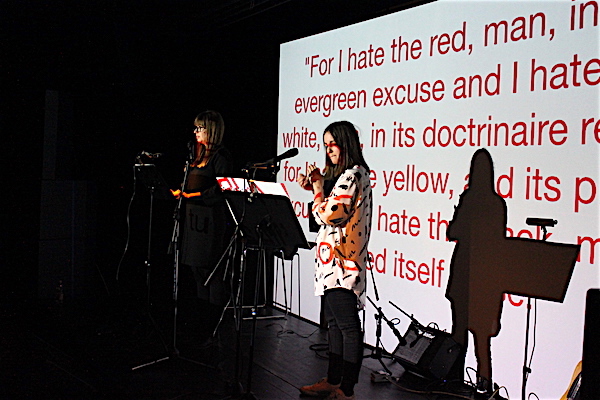
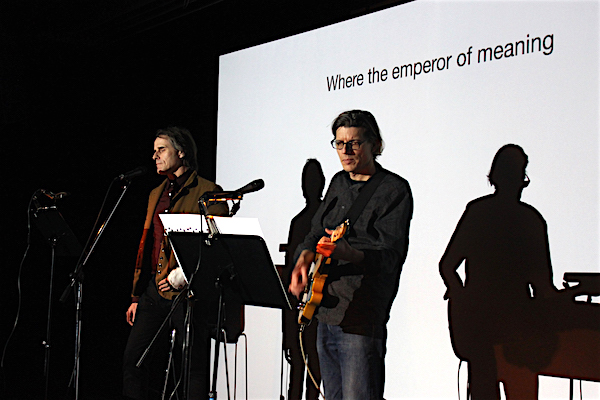
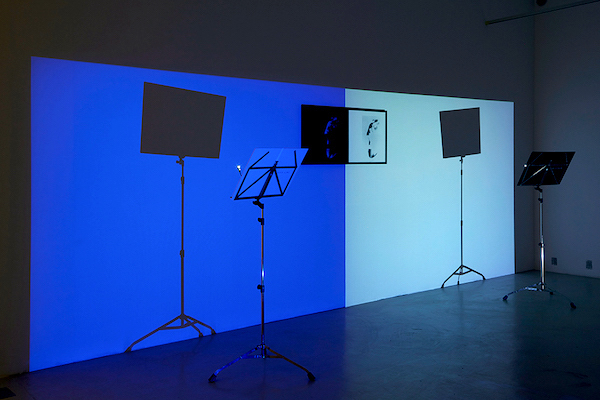
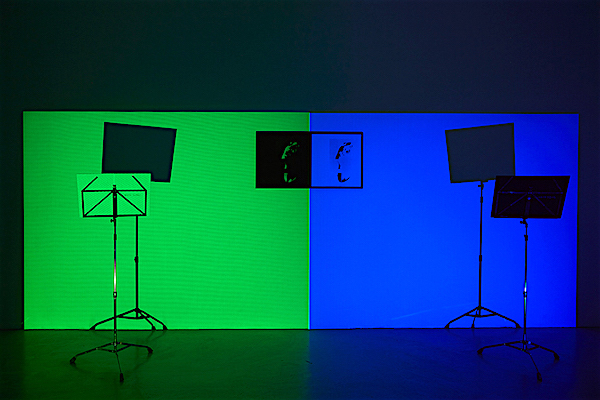
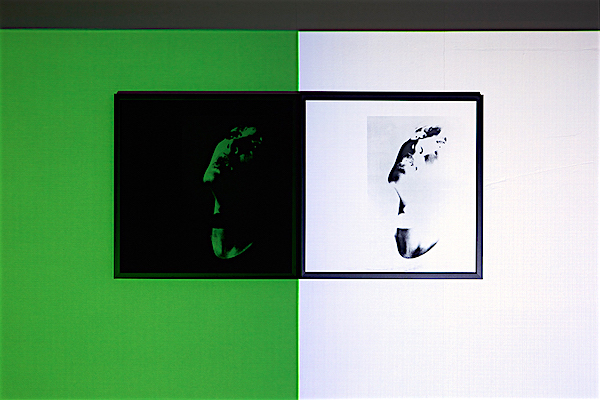

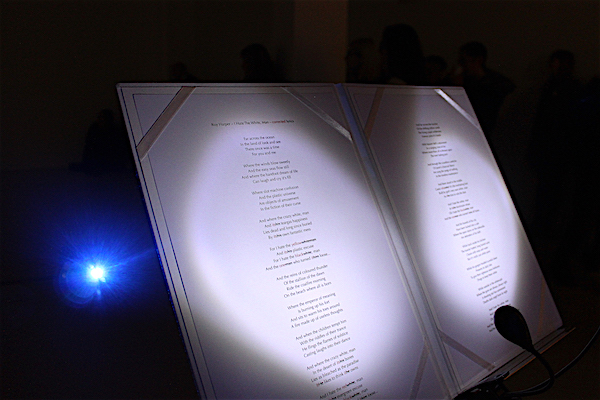
Concert performance, object installation
Trafó Gallery, Budapest, 2017
Extraordinary Speech performed by: Helene Romakin (speech), Júlia Koffler (vocals)
Concept, textbook: Hajnal Németh, Helene Romakin
White Song - Version 1 arranged and performed by: István Dankó (vocals), Mark Richards (guitar)
Concept, textbook: Hajnal Németh
White Song – Among Others
Object installation:
textbook - transcript of Roy Harper's lyrics I Hate The White Man (1970), music stand, white folder;
sheet music – composition Versions Of Hate ( No.1) by Albert Orgon (2016), an adaptation of Roy Harper's song I Hate The White Man (1970), music stand, black folder;
color projection, 2017
Inverted Heroes
Photo panel, modified LP cover - reproduction of Nico's album Heroes (1986), 2x 50x50 cm, giclée print, wooden frame, 2016
The performance White Song is based on the transcript of Roy Harper's song “I Hate The White Man” (1970). In this song Harper explains why he hates the “White Man” in very significant poems that mention all destructive actions of white men against other races in this world. I found this song very strong and beautiful since Harper is a musician who strongly criticizes Western societies while being a British white man himself. Harper raises a very ambivalent question while he seems to be caught in his origins. From this song I abstracted single parts from the refrain and changed the colour to red, yellow and black. Since I introduced a comma after the colour, I changed the meaning of the sentene, so hate does not apply to humans anymore, but refers to some object or to the color itself. The significance of the comma is the main motif, this minimal correction completely confuses the meaning of the lyrics, abstracts it from the original statement: "For I hate the red, man, in its evergreen excuse / And I hate the white, man, in its doctrinaire refuse / For I hate the yellow, man, and its plastic excuse / And I hate the black, man, it turned itself loose.”
Connected interview by Helene Romakin: artfridge.de
Photo: Miklós Surányi, Borbála Szalai